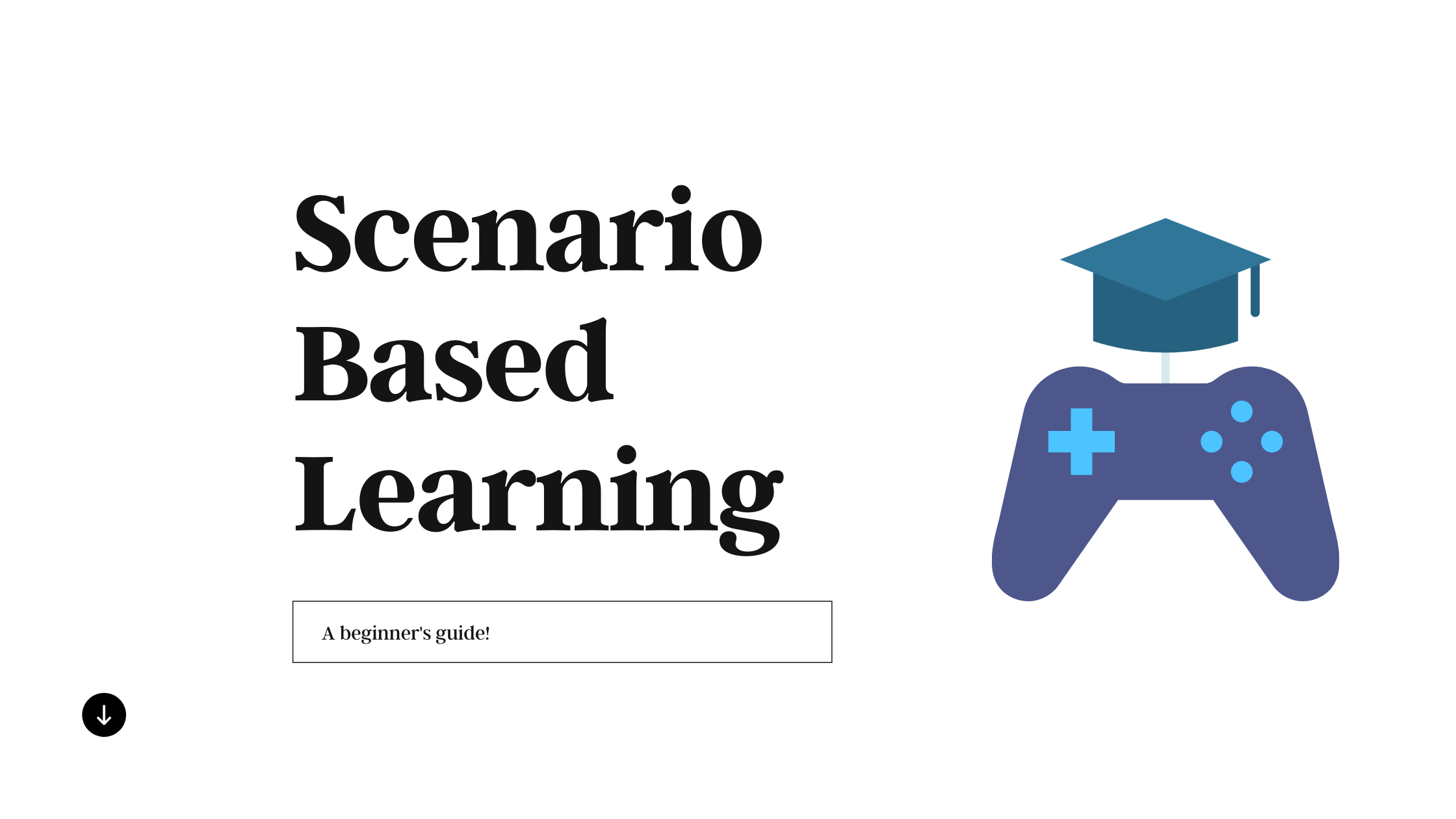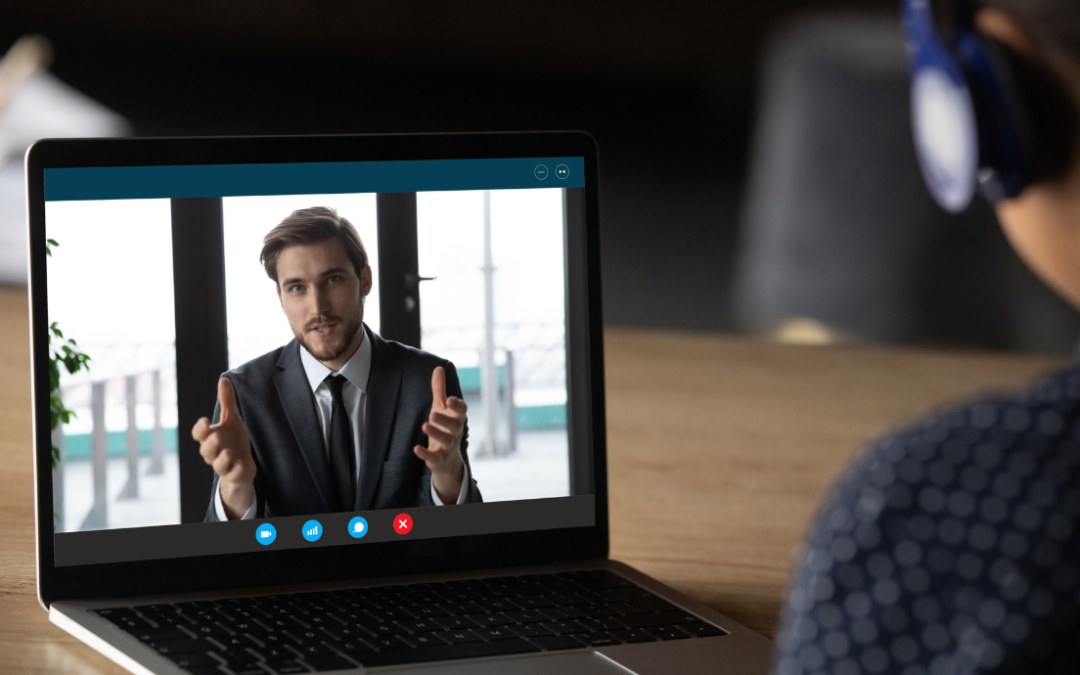
Scenario-Based Learning (SBL) is a common learning technique used in online education. In this post, we will look at a few examples of how you can use Scenario Based Learning to enhance both formal and informal learning.
Scenario-Based Learning (SBL) – What Is It?
Scenario-Based Learning (SBL) in eLearning validates the learner’s comprehension and, more importantly, its eventual application through the use of real-world circumstances. Not only does it increase student engagement by emulating real-world circumstances, but it also provides a safe setting for learners to practice and comprehend the repercussions of their actions.
Some of the benefits of using SBL in eLearning includes:
- It provides a highly dynamic and immersive experience that organizations can leverage to
- Validate learners’ knowledge
- Determine if learners will be able to use their knowledge on the job
From the standpoint of the students, it provides:
- A relevant problem-solving setting (as it depicts real-life situations)
- A secure method of learning
- Brings awareness of the impact/consequences of their actions and decisions
Why Is Scenario Based Learning (SBL) a Common Instructional Design Technique?
SBL is a common technique used in eLearning for various reasons we discussed above. Further, the popularity this method has in eLearning industry can be easily attributed to the lack of student-facilitator interactions. Since the facilitator cannot directly engage with students and assist them in providing better learning experience and understanding, SBL technique fills this gap just right.
The flexibility and real-world connection that SBL provides makes it one of the go-to instructional design techniques for eLearning developers.
You can design Scenario-Based learning in a variety of ways. SBL can be effectively used in eLearning in the form of graphics, animations, movies, and interactive videos that depict real-world scenarios. You may use it to assess both comprehension and application across the majority of corporate training demands.
Different levels of SBL design
- Miniature or elementary Scenario-Based Learning:This technique assesses the learner’s retention of the concepts and fundamental knowledge (suitable for basic problem solving).
- Complex or branching scenario-based learning:This type of learning assesses the learner’s ability to apply the knowledge. It is a versatile educational strategy that you can use in different mechanisms, such as at appropriate points throughout a standard eLearning course (for example, during a “Pause and Reflect” section or during a Check Your Understanding examination).
However, you can structure the entire course around a narrative/master scenario/story with a multitude of protagonists and incorporate a variety of situations throughout the learning process.
Additionally, you can incorporate elements like gamification and microlearning into Scenario Based Learning as well.
There is simply no right and wrong way of incorporating SBL in your eLearning. All you need to do is be innovative about using it.
What Are the Significant Advantages of Scenario-Based Learning (SBL)?
You can use Scenario-Based learning to provide both formal and informal training solutions. We have highlighted the primary benefits of this technique below.
- It produces memorable learning experiences
- It enables pupils’ problem-solving abilities
- It offers pupils a supervised investigation
- Creates a secure practice environment in which to develop skills and expertise
- Enables pupils to experience errors and reinforces the correct technique through comments
- It constantly emphasizes critical messaging
How Can Scenario-Based Learning (SBL) Be Used?
You can utilize Scenario-based Learning (SBL) to address a wide variety of business training requirements. This strategy has been particularly effective in the following instances:
- Compliance learning
- Coaching in soft skills
- Technical skill development
- Career growth
- Coaching through implementation scenarios
Scenario-based learning strategies can significantly improve the user experience and make learning:
- Encouraging
- Fascinating
- Appropriate and realistic
- Conceptual
- Remarkable
- Perpetual
Additionally, you can employ Scenario-Based Learning in the following ways:
- To acquire knowledge
- To increase retention
- For successful job-based learning
As previously said, you may implement scenario-based training in various disciplines due to its numerous benefits. If you want something straightforward, you can produce it entirely using text and visuals. Incorporating visuals and other forms of multimedia into a class can significantly increase its engagement. What is critical is that the scenarios are relevant and challenging for the learner. Interaction with subject matter professionals and genuine pupils becomes vital for this. These scenario-based eLearning courses are precious and practical. They contribute to employees’ learning and enable them to do their jobs more effectively.
Also, we hope that this post has demonstrated the variety of learning experiences that you can create with Scenario-Based Learning. You can incorporate popular approaches like gamification and engaging videos into your settings to increase their effectiveness.






